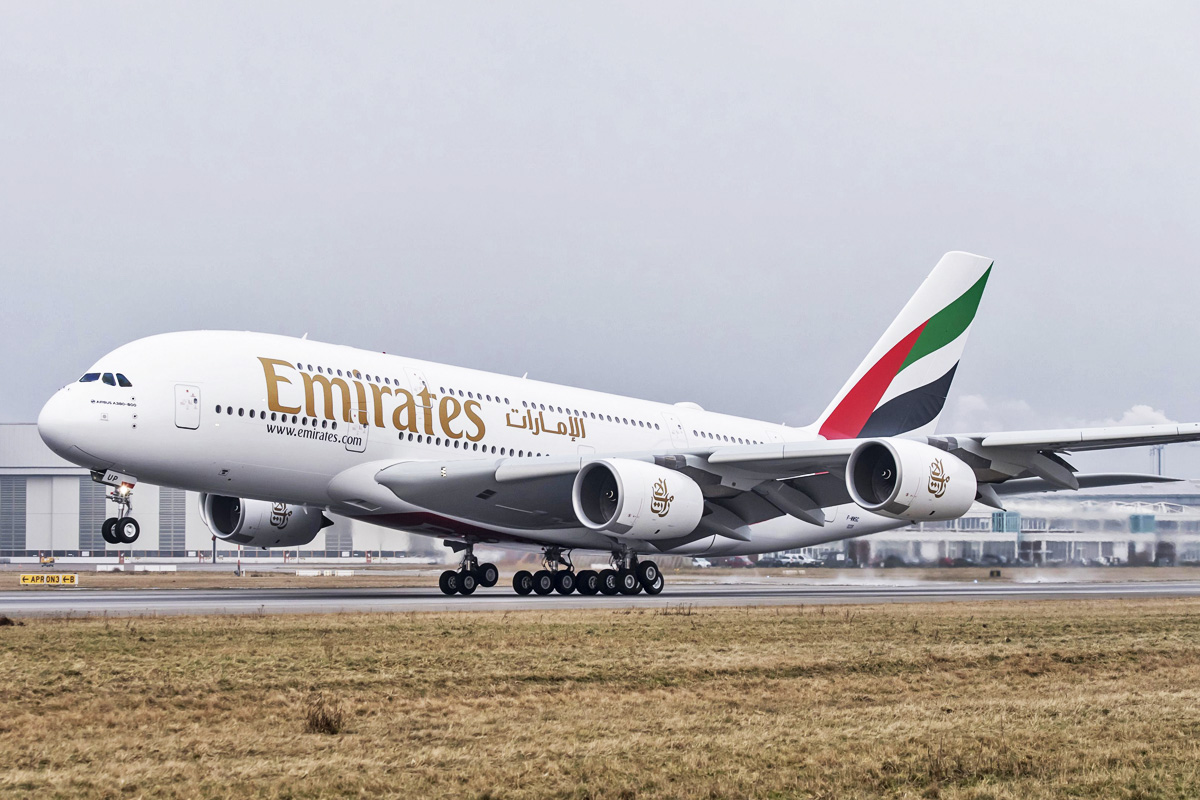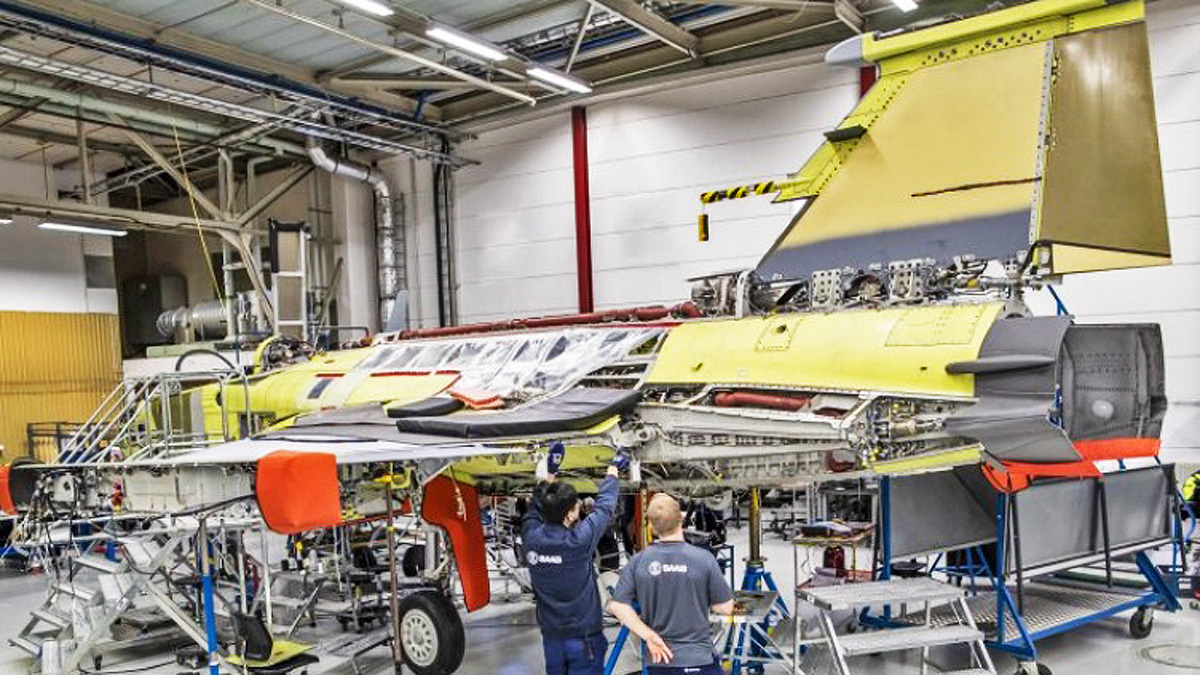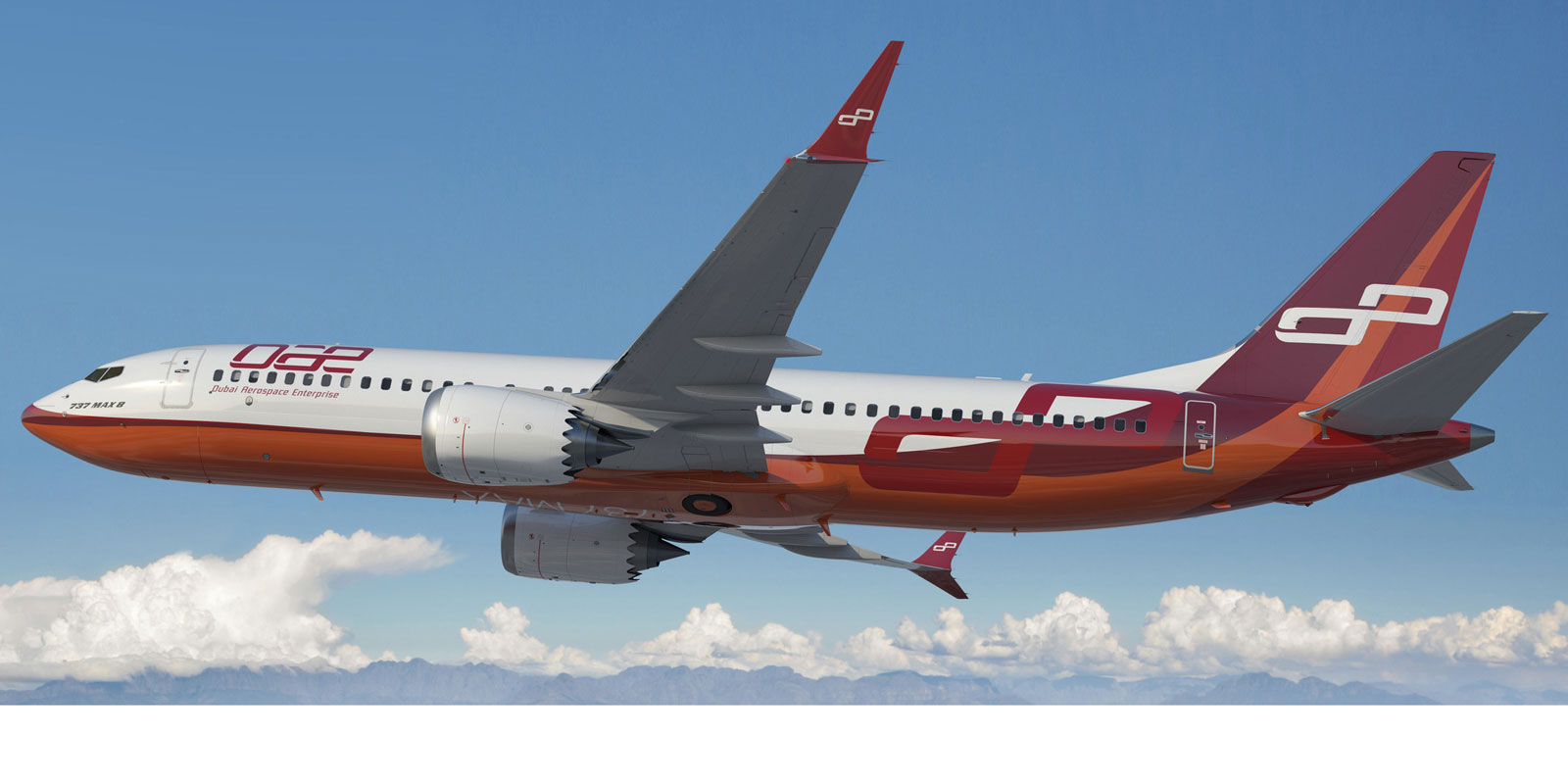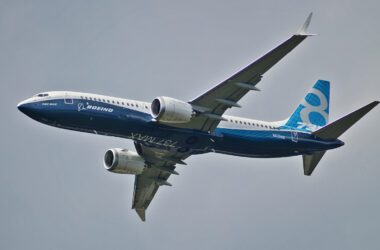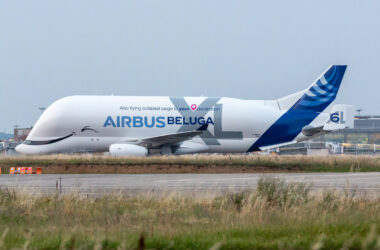Now it’s official: the Airbus A380, the largest passenger plane ever built, ended its production announced by the manufacturer. That means Airbus will no longer offer the two-deck jet on the market and focus on its smaller, more efficient models.
Nevertheless, the A380 will continue in production until 2021 to complete the remaining orders. The confirmation of the end of the A380 came on Thursday in a statement in which Airbus reported that Emirates Airline, the model’s largest customer, decided to reduce its order by 39 units – from 162 to 123 aircraft. The Middle East airline will now receive another 14 copies in the next two years.
“As a result of this decision we have no substantial A380 backlog and hence no basis to sustain production, despite all our sales efforts with other airlines in recent years. This leads to the end of A380 deliveries in 2021, “said Airbus Chief Executive Officer Tom Enders
The A380’s continued presence in production had been threatened for several years since it became clear that the huge jet did not offer an advantageous operating cost to airlines, despite the number of passengers it was able to carry. Airbus was close to ending its career recently, but a new order from Emirates last year allowed the program to be maintained.
However, bad news followed the announcement as the decision to dismantle the first A380 after the return of two units by Singapore Airlines, the launching client of the aircraft. Recently, Qantas confirmed that it would not receive eight units previously planned while Qatar Airways made an even tougher decision in planning the retirement of its ten A380s in the coming years.
But the decision that drew the airline’s retirement was the change proposed by Emirates in its original order. Owner of half the fleet of the plane, the A380 has become a symbol of the airline’s global presence, a sign of prestige for the airports that receive it, to such an extent.
“The A380 is Emirates’ flagship and has contributed to the airline’s success for more than ten years. As much as we regret the airline’s position, selecting the A330neo and A350 for its future growth is a great endorsement of our very competitive widebody aircraft family, “said Guillaume Faury, President of Airbus Commercial Aircraft and future Airbus CEO.
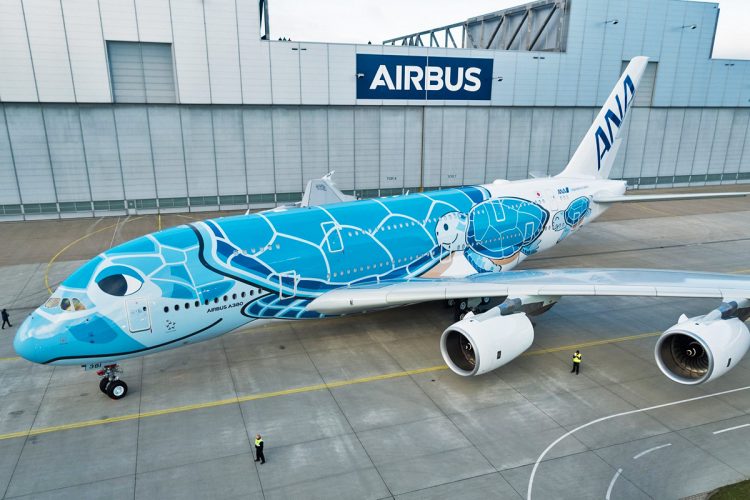
David vs Goliath
To replace super jet orders, Emirates chose a mixed order of A350-900 (30 units) and 40 A330-900neo, a modernized version of the twin engine.
The business, by the way, defines the situation of the A380. The “Goliath” was defeated by “David” personified by the smaller and more efficient widebodies like the Boeing 787 and the own “brothers” of the A380, the A350 and the A330neo.
With lower fuel consumption and greater range they enabled more direct routes between medium-sized cities, thereby taking away part of the demand that could be served by larger aircraft.
“Today’s announcement is painful for us and the A380 communities worldwide. But, keep in mind that A380s will still roam the skies for many years to come and Airbus will continue to fully support the A380 operators,” Tom Enders added.

